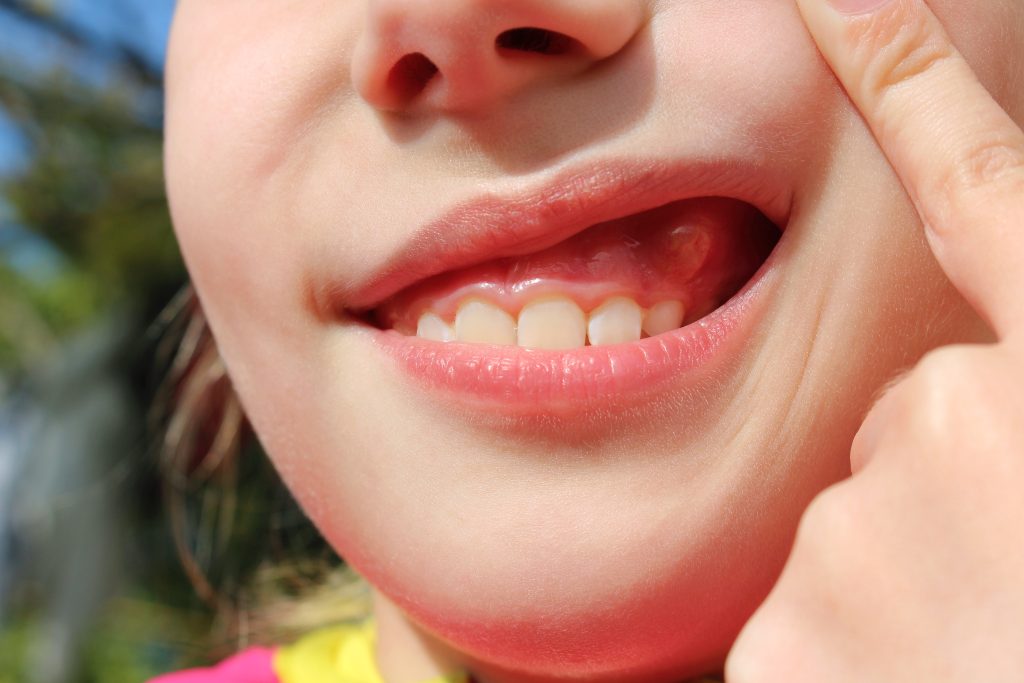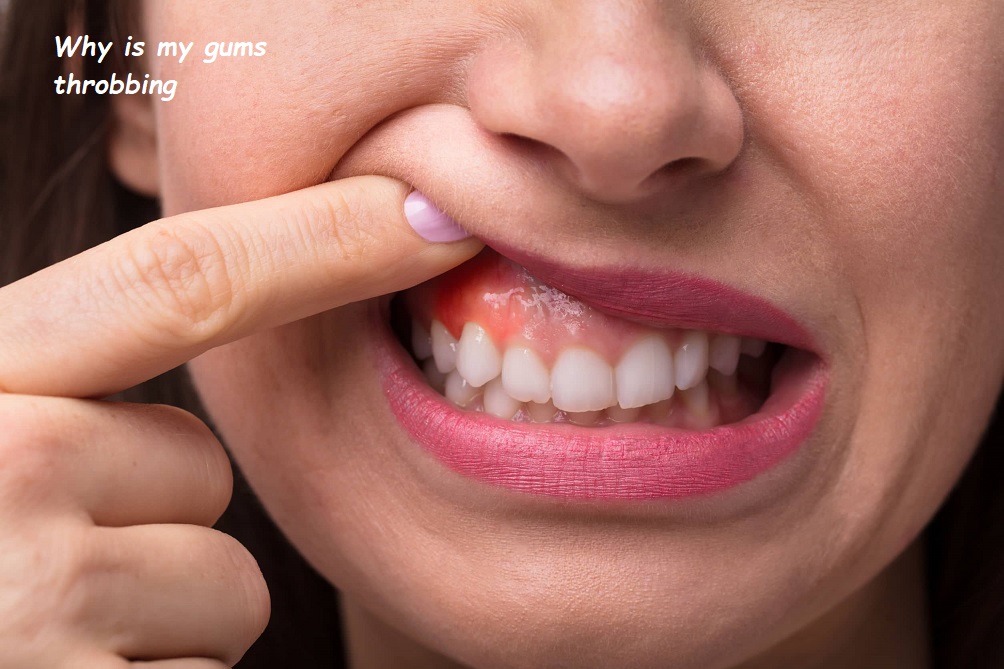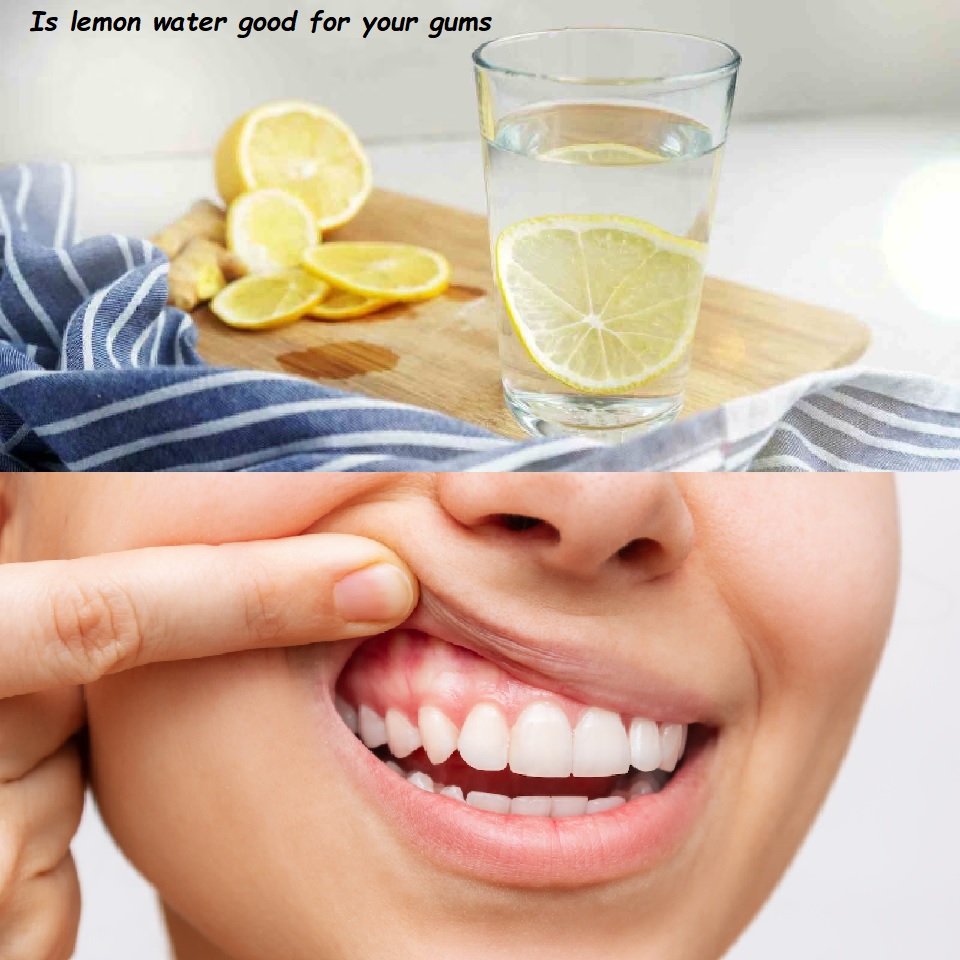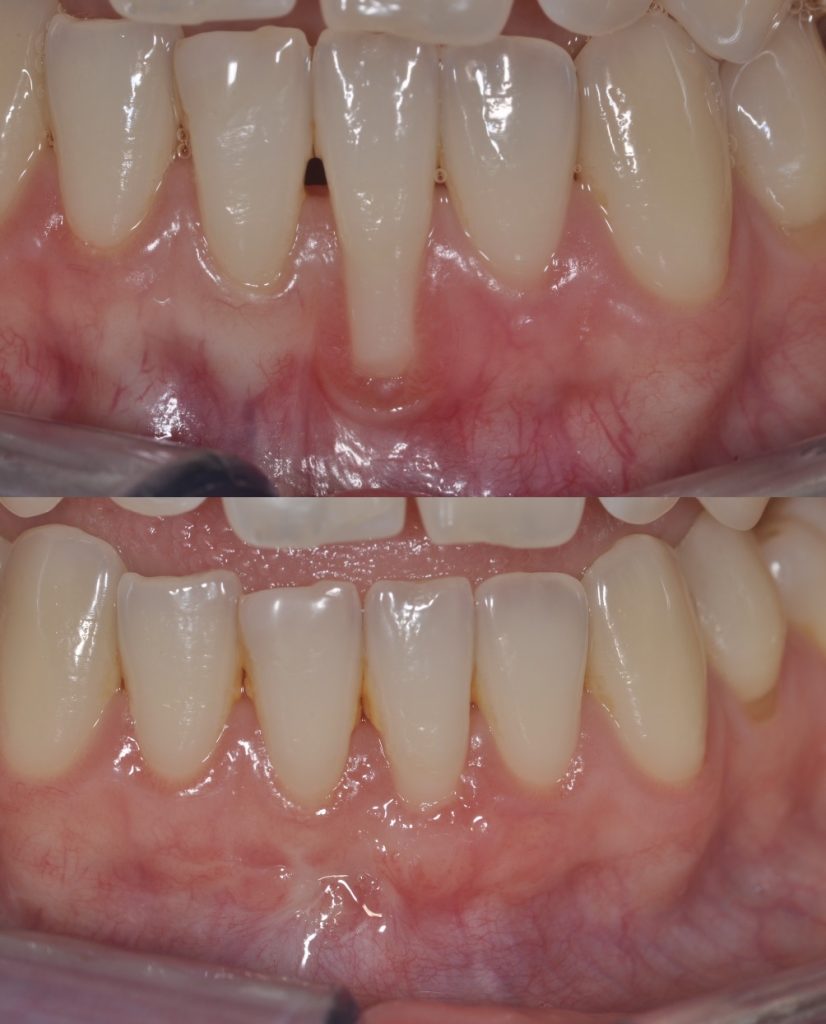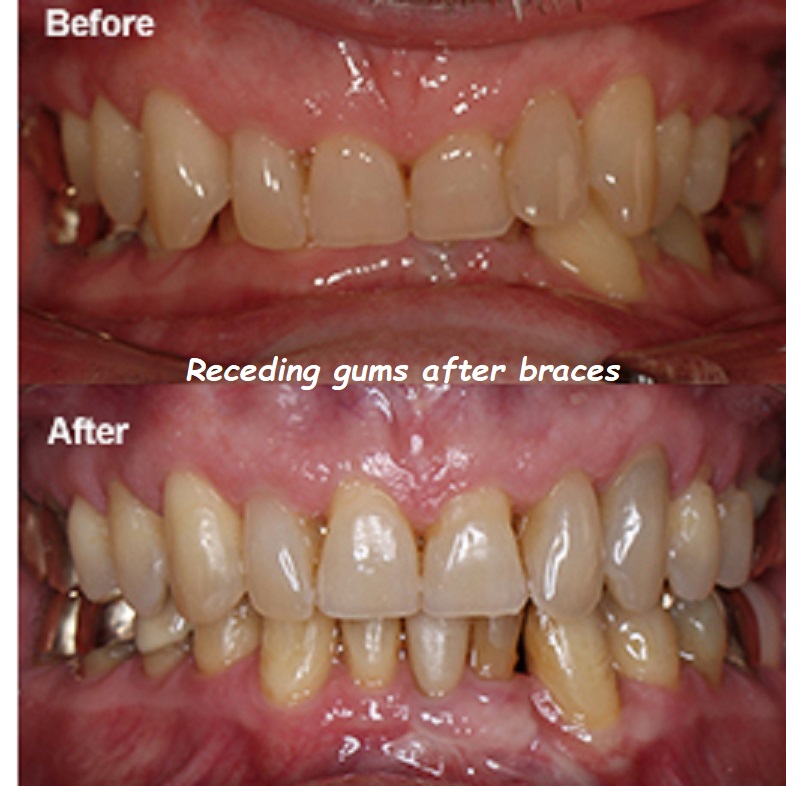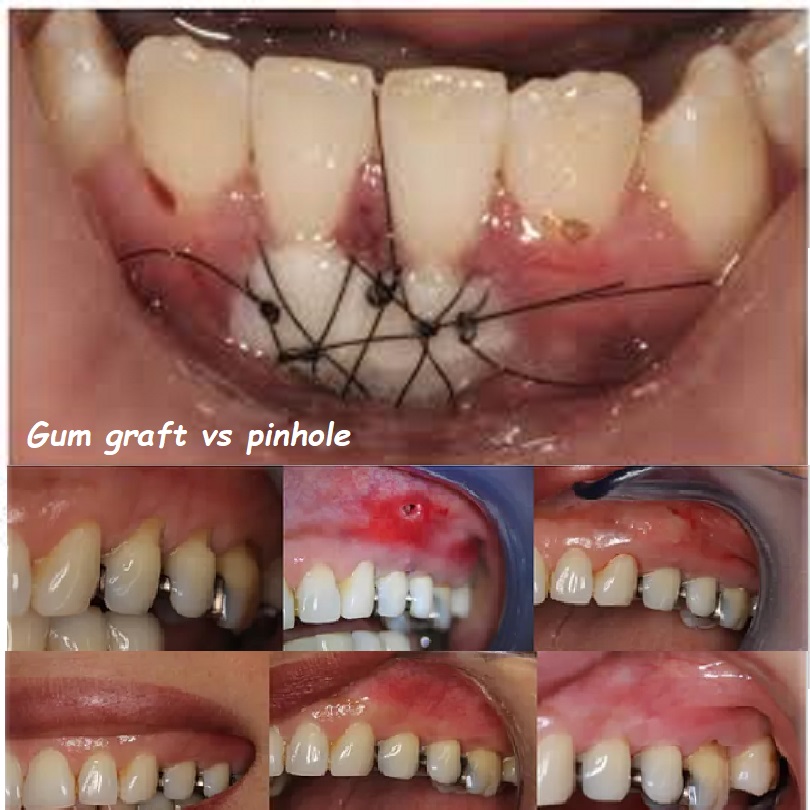best mouthwash for receding gums
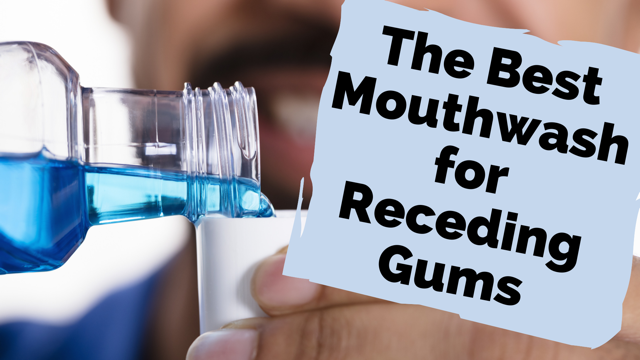
Finding the Best Mouthwash for Receding Gums: A Comprehensive Guide
Choosing the right mouthwash is crucial for maintaining oral health, especially when dealing with conditions like receding gums. Receding gums, also known as gingival recession, occur when the gum tissue surrounding the teeth wears away or pulls back, exposing more of the tooth or its root. This can lead to increased sensitivity, tooth decay, and other dental issues if not properly managed. In this comprehensive guide, we explore the best mouthwash options specifically designed to help alleviate symptoms and promote gum health for those with receding gums.
Understanding Receding Gums
Receding gums can be caused by a variety of factors, including:
- Poor Oral Hygiene: Inadequate brushing and flossing can lead to plaque buildup, which can cause gum recession.
- Gum Disease: Periodontal diseases such as gingivitis and periodontitis can cause gums to recede if left untreated.
- Genetics: Some people may be more prone to gum recession due to genetic factors.
- Aggressive Brushing: Brushing too hard or using a hard-bristled toothbrush can wear down gum tissue over time.
- Tobacco Use: Smoking or chewing tobacco can contribute to gum recession and other oral health problems.
- Hormonal Changes: Fluctuations in hormone levels, such as during pregnancy or menopause, can make gums more susceptible to recession.
- Bruxism: Teeth grinding or clenching can put excessive force on the teeth and gums, leading to recession.
- Malocclusion: Misaligned teeth or bite issues can contribute to gum recession.
- Age: Receding gums are more common in older adults due to wear and tear over time.
Importance of Mouthwash for Receding Gums
Using an appropriate mouthwash can complement regular brushing and flossing in managing receding gums. The right mouthwash can help:
- Reduce Plaque: Mouthwashes with antibacterial properties can help reduce plaque buildup, which is a major contributor to gum disease and recession.
- Combat Gingivitis: Some mouthwashes are specifically formulated to target gingivitis, a precursor to more severe gum disease.
- Promote Gum Health: Ingredients like fluoride or essential oils can strengthen gum tissue and promote overall gum health.
- Provide Relief: Mouthwashes designed for sensitive gums can provide relief from discomfort associated with receding gums.
- Freshen Breath: Many mouthwashes also freshen breath, which can be a welcomed benefit alongside gum health benefits.
Choosing the Best Mouthwash for Receding Gums
When selecting a mouthwash for receding gums, consider the following factors:
- Active Ingredients: Look for mouthwashes containing active ingredients like fluoride, essential oils (such as eucalyptus or tea tree oil), chlorhexidine, or cetylpyridinium chloride (CPC). These ingredients can help combat plaque, bacteria, and inflammation.
- Alcohol-Free: Alcohol can be drying and may exacerbate gum sensitivity. Opt for alcohol-free mouthwashes, especially if you have sensitive gums.
- Fluoride Content: Fluoride strengthens tooth enamel and can help prevent tooth decay, which is essential if gum recession has exposed tooth roots.
- Antibacterial Properties: Antibacterial mouthwashes can reduce bacteria that contribute to gum disease and inflammation.
- Sensitivity Relief: Mouthwashes designed for sensitive gums often contain soothing ingredients like aloe vera or chamomile to provide relief from discomfort.
- Recommendations from Dental Professionals: Your dentist or dental hygienist can recommend specific mouthwash brands or formulations based on your oral health needs.
Best Mouthwash Options for Receding Gums
Let’s explore some of the top-rated mouthwashes that are recommended for individuals with receding gums:
1. Listerine Antiseptic Mouthwash
- Active Ingredients: Listerine mouthwash contains essential oils such as eucalyptol, menthol, thymol, and methyl salicylate, which have antibacterial properties.
- Benefits: It helps reduce plaque and gingivitis, promoting overall gum health. The mild mint flavor provides a fresh feeling.
- Alcohol Content: Listerine has alcohol, which may not be suitable for those with very sensitive gums but can effectively kill germs.
2. Crest Pro-Health Multi-Protection Mouthwash
- Active Ingredients: Contains fluoride to help prevent cavities and strengthen tooth enamel. It also has CPC for antibacterial benefits.
- Benefits: Helps protect against plaque, gingivitis, and cavities while freshening breath. Alcohol-free variants are available for those with sensitivity concerns.
3. Colgate Total Advanced Pro-Shield Mouthwash
- Active Ingredients: Contains CPC to kill bacteria and fluoride to strengthen teeth.
- Benefits: Provides 12-hour protection against germs and plaque buildup. It helps prevent gingivitis and cavities while freshening breath.
- Alcohol Content: Alcohol-free options are available for those with sensitive gums.
4. TheraBreath Healthy Gums Oral Rinse
- Active Ingredients: Contains CPC and cetylpyridinium chloride to kill bacteria. Also includes aloe vera and essential oils for soothing and promoting gum health.
- Benefits: Specifically formulated for gum health, it helps reduce gum inflammation and bleeding. Alcohol-free and pH balanced for sensitive gums.
5. ACT Restoring Anticavity Fluoride Mouthwash
- Active Ingredients: Contains fluoride to strengthen enamel and prevent tooth decay. Some variants may also include essential oils or CPC for additional benefits.
- Benefits: Helps remineralize tooth enamel and provides cavity protection. Alcohol-free variants are suitable for individuals with sensitive gums.
6. PerioGard Oral Rinse
- Active Ingredients: Contains chlorhexidine gluconate, a powerful antibacterial agent used to treat gum disease.
- Benefits: Prescribed by dentists for its effectiveness in reducing plaque and gingivitis. It may stain teeth temporarily and can cause dry mouth, so it’s typically used short-term.
7. Hello Oral Care Naturally Healthy Mouthwash
- Active Ingredients: Contains tea tree oil and aloe vera for their antibacterial and soothing properties.
- Benefits: Alcohol-free and formulated with natural ingredients. It helps maintain gum health and freshens breath without artificial flavors or dyes.
How to Use Mouthwash Effectively
To maximize the benefits of mouthwash for receding gums:
- Follow Instructions: Read and follow the manufacturer’s instructions on the mouthwash label.
- Measure Properly: Use the recommended amount of mouthwash as specified on the label or by your dentist.
- Swish Thoroughly: Swish the mouthwash around your mouth for the recommended duration (usually 30 seconds to 1 minute).
- Do Not Swallow: Spit out the mouthwash after use. Avoid swallowing it, especially if it contains fluoride or other active ingredients.
- Timing: Use mouthwash at a different time than brushing to ensure maximum fluoride exposure from toothpaste.
- Consistency: Incorporate mouthwash into your daily oral hygiene routine for consistent benefits.
Tips for Maintaining Gum Health
In addition to using the right mouthwash, consider these tips for maintaining gum health and preventing further recession:
- Brush Properly: Use a soft-bristled toothbrush and gentle brushing technique to clean teeth and gums without causing further irritation.
- Floss Regularly: Clean between teeth and along the gumline daily to remove plaque and food particles.
- Schedule Dental Check-Ups: Visit your dentist regularly for professional cleanings and oral examinations.
- Quit Smoking: If you smoke or use tobacco products, quitting can improve gum health and reduce the risk of further recession.
- Manage Stress: Stress can contribute to teeth grinding and clenching, which can exacerbate gum recession. Practice stress-reduction techniques.
- Eat a Balanced Diet: A diet rich in fruits, vegetables, lean proteins, and whole grains supports overall oral and systemic health.
Conclusion
Choosing the best mouthwash for receding gums involves selecting a product that addresses your specific oral health needs, whether it’s reducing plaque buildup, combating gingivitis, or providing sensitivity relief. Consult with your dentist or dental hygienist to determine which mouthwash is best suited for your condition and overall oral health goals. By incorporating the right mouthwash into your daily oral hygiene routine and following recommended dental care practices, you can help maintain gum health and enjoy a healthy smile for years to come. Remember, proactive oral care is key to preventing and managing gum recession and other dental issues effectively.
- What mouthwash is best for gum healing? The best mouthwash for gum healing typically contains antibacterial and anti-inflammatory ingredients to reduce plaque and soothe irritated gums. Recommended options include:
- Chlorhexidine mouthwash: Often prescribed by dentists for its strong antibacterial properties, helping to reduce gum inflammation and promote healing.
- Listerine Total Care: Contains essential oils like eucalyptol and thymol, which have antibacterial effects and can help improve gum health.
- Crest Pro-Health Advanced: Contains cetylpyridinium chloride (CPC), an antimicrobial agent that helps reduce plaque and gingivitis.
- Natural options: Mouthwashes with tea tree oil or aloe vera can provide soothing and anti-inflammatory benefits for gums.
It’s important to use mouthwash as directed by your dentist and as part of a comprehensive oral hygiene routine.
- What is the best treatment for receding gums? Treatment for receding gums depends on the severity of the recession and the underlying cause:
- Scaling and root planing: A deep cleaning procedure to remove plaque and tartar from below the gum line and smooth the root surfaces, promoting reattachment of the gums.
- Gum grafting: A surgical procedure where tissue is taken from another part of the mouth or a donor source and grafted onto the receding gum area to cover exposed roots and restore the gum line.
- Pinhole surgical technique (PST): A minimally invasive procedure that involves making small holes in the gum tissue and repositioning it to cover exposed roots.
- Regular oral hygiene: Maintaining good oral hygiene practices, such as brushing with a soft-bristled toothbrush and flossing daily, to prevent further gum recession.
Consultation with a periodontist or dentist is essential to determine the most appropriate treatment for receding gums.
- What toothpaste stops receding gums? While no toothpaste can reverse receding gums, certain formulations can help prevent further recession and support gum health:
- Parodontax Toothpaste: Contains stannous fluoride and antibacterial agents to help reduce plaque and gingivitis, which can contribute to gum recession.
- Sensodyne Pronamel: Designed to protect enamel and reduce sensitivity, which can be associated with receding gums.
- Colgate Total SF: Contains stannous fluoride to help fight bacteria and reduce inflammation, promoting overall gum health.
- Crest Gum Detoxify: Contains activated foam that reaches below the gum line to neutralize harmful bacteria and support gum health.
Using these toothpastes as part of a comprehensive oral hygiene routine can help prevent further gum recession.
- What do dentists put on receding gums? Dentists may apply various treatments to manage and protect receding gums:
- Fluoride varnish: Helps strengthen enamel and reduce sensitivity in areas of gum recession.
- Desensitizing agents: Used to alleviate sensitivity in exposed tooth roots.
- Antibacterial gels or rinses: To reduce bacterial load and inflammation in the gums.
- Gum grafting: Surgical application of tissue grafts to cover exposed roots and restore the gum line.
- Pinhole surgical technique (PST): A minimally invasive procedure to reposition gum tissue over exposed roots without the need for grafts.
The specific treatment depends on the extent of the gum recession and the individual patient’s needs.
- Can mouthwash stop gum recession? Mouthwash alone cannot stop gum recession but can be an effective part of an oral hygiene routine to help manage and prevent further recession. Antibacterial mouthwashes can reduce plaque and inflammation, which are contributing factors to gum disease and recession. Some beneficial mouthwashes include:
- Chlorhexidine: Prescription mouthwash that reduces bacterial load and inflammation.
- Listerine Total Care: Contains essential oils that have antibacterial effects.
- Crest Pro-Health: Contains cetylpyridinium chloride (CPC), which helps control plaque and gingivitis.
It’s important to use mouthwash as directed by a dentist and maintain regular brushing, flossing, and professional cleanings.
- What heals gums the fastest? Healing gums quickly involves addressing the underlying cause and using appropriate treatments:
- Good oral hygiene: Brushing twice a day with fluoride toothpaste and flossing daily to remove plaque.
- Professional dental cleanings: Regular cleanings to remove tartar and plaque buildup.
- Antimicrobial mouthwash: Reduces bacteria and inflammation.
- Healthy diet: Avoid sugary foods and eat a balanced diet rich in vitamins and minerals.
- Quit smoking: Smoking cessation can significantly improve gum health.
- Topical treatments: Use of gels or ointments recommended by a dentist to reduce inflammation and promote healing.
- How to regrow receding gums? While true regrowth of receding gums is not possible, certain treatments can help cover exposed roots and improve gum health:
- Gum grafting: Surgical procedure to cover exposed roots with tissue from another part of the mouth or a donor source.
- Pinhole Surgical Technique (PST): Minimally invasive procedure to reposition existing gum tissue over the exposed roots.
- Scaling and root planing: Deep cleaning to remove plaque and tartar from below the gum line, promoting gum reattachment.
Maintaining good oral hygiene and regular dental visits are crucial to prevent further recession.
- What is the new treatment for receding gums? Recent advancements in treating receding gums include:
- Pinhole Surgical Technique (PST): A minimally invasive procedure that involves making small holes in the gum tissue and repositioning it to cover exposed roots without the need for grafts.
- Laser gum therapy: Uses lasers to remove diseased tissue and promote healing, potentially reducing the need for more invasive procedures.
- Advanced regenerative procedures: Use of growth factors or stem cells to promote tissue regeneration and healing.
Consulting with a periodontist or dentist can help determine the most appropriate and latest treatment options.
- Does salt water help receding gums? Rinsing with salt water can help soothe inflamed gums and reduce bacteria, but it does not reverse gum recession. Salt water rinses can:
- Reduce inflammation: Salt water has mild anti-inflammatory properties.
- Promote healing: Helps cleanse the mouth and promote healing of minor irritations.
- Reduce bacteria: Salt water can create a hostile environment for bacteria, reducing their presence.
Use salt water rinses as a supplementary measure alongside proper oral hygiene and professional dental care.
- Can I brush receding gums? Yes, you can and should brush receding gums, but it’s crucial to do so gently to avoid further damage:
- Use a soft-bristled toothbrush: This minimizes irritation and abrasion to the gums.
- Brush gently: Use gentle, circular motions rather than aggressive scrubbing to clean teeth and gums effectively without causing further recession.
- Use fluoride toothpaste: Helps to strengthen tooth enamel and reduce sensitivity.
- Focus on proper technique: Hold the brush at a 45-degree angle to the gums and brush all surfaces of the teeth and along the gumline.
- Consider an electric toothbrush: Many have pressure sensors to alert you if you’re brushing too hard.
- How can I hide my receding gums? While you can’t permanently hide receding gums without professional treatment, there are temporary solutions and strategies to minimize their appearance:
- Orthodontic treatment: Braces or aligners can sometimes help reposition teeth to reduce the appearance of gum recession.
- Gum-colored dental veneers: Veneers can be made to match the color of your gums, helping to disguise recession.
- Composite bonding: Dental bonding can cover exposed roots and improve the appearance of receded gums.
- Cosmetic procedures: Consult with a dentist or periodontist for options like gum grafts or the Pinhole Surgical Technique (PST) to restore the gumline.
- Does parodontax really repair gums? Parodontax toothpaste is formulated to help manage and prevent gum disease, but it does not “repair” gums in the sense of regrowing receded gum tissue. However, it can help improve overall gum health:
- Reduces plaque and gingivitis: Contains stannous fluoride and antibacterial agents to combat plaque and reduce inflammation.
- Promotes healthy gums: Regular use can help reduce gum bleeding and swelling, supporting overall gum health.
- Prevents further recession: Maintaining healthy gums can prevent the progression of gum disease and further recession.
- What is the best repair for receding gums? The best treatment for receding gums depends on the severity and underlying cause:
- Gum grafting: A surgical procedure where tissue is taken from another part of the mouth or a donor source and grafted onto the receding area.
- Pinhole Surgical Technique (PST): A minimally invasive procedure that repositions existing gum tissue to cover exposed roots without the need for grafts.
- Scaling and root planing: A deep cleaning to remove plaque and tartar from below the gum line, promoting reattachment of the gums.
- Regular oral hygiene: Maintaining good oral hygiene practices to prevent further recession.
Consultation with a periodontist is essential to determine the most appropriate treatment.
- How do you fill gaps in receding gums? Filling gaps caused by receding gums can involve several techniques:
- Gum grafting: This surgical procedure covers exposed roots and fills gaps in the gumline with tissue from another area of the mouth.
- Composite bonding: A resin material can be applied to the exposed roots to fill gaps and improve appearance.
- Orthodontic treatment: In some cases, repositioning teeth with braces or aligners can help close gaps.
- Pinhole Surgical Technique (PST): Minimally invasive technique to reposition gum tissue and close gaps without grafting.
Professional evaluation and treatment by a dentist or periodontist are necessary for the best results.
- Is gum recession normal? Gum recession can be a common condition, especially as people age, but it is not considered “normal” and typically indicates underlying issues:
- Gum disease: The most common cause of gum recession, resulting from plaque buildup and inflammation.
- Aggressive brushing: Using a hard-bristled toothbrush or brushing too vigorously can wear away gum tissue.
- Genetics: Some people are more prone to gum recession due to their genetic makeup.
- Hormonal changes: Hormonal fluctuations, such as during pregnancy or menopause, can make gums more susceptible to recession.
- Tobacco use: Smoking or using other forms of tobacco can contribute to gum disease and recession.
While gum recession is common, it is essential to address the underlying cause and seek appropriate treatment to prevent further damage.

